According to the Oxford English Dictionary, evolution /’ɛvəluːʃ(ə)n/ is “the process by which different kinds of living organisms are believed to have developed from earlier forms during the history of the earth.” But what’s that got to with bikes and – more specifically – the new Rocky Mountain Altitude?

It’s certainly not a new bike to the scene, but it can be defined as one that has invested real time and energy in its evolution in a bid to keep pace with our ever-changing society. The latest iteration of the Altitude marks the most significant step forward for the range since 2013 when it adopted the then-controversial 27.5″ wheel size and welcomed a whole new frame. In 2014, Rocky Mountain dropped the sexed-up Rally edition, giving the Altitude the option of 160 mm travel up front. For 2016, the brand turned their attention to the rear shock swing-link and bearings, while the frame – by then in its 5th season – was beginning to show its age.
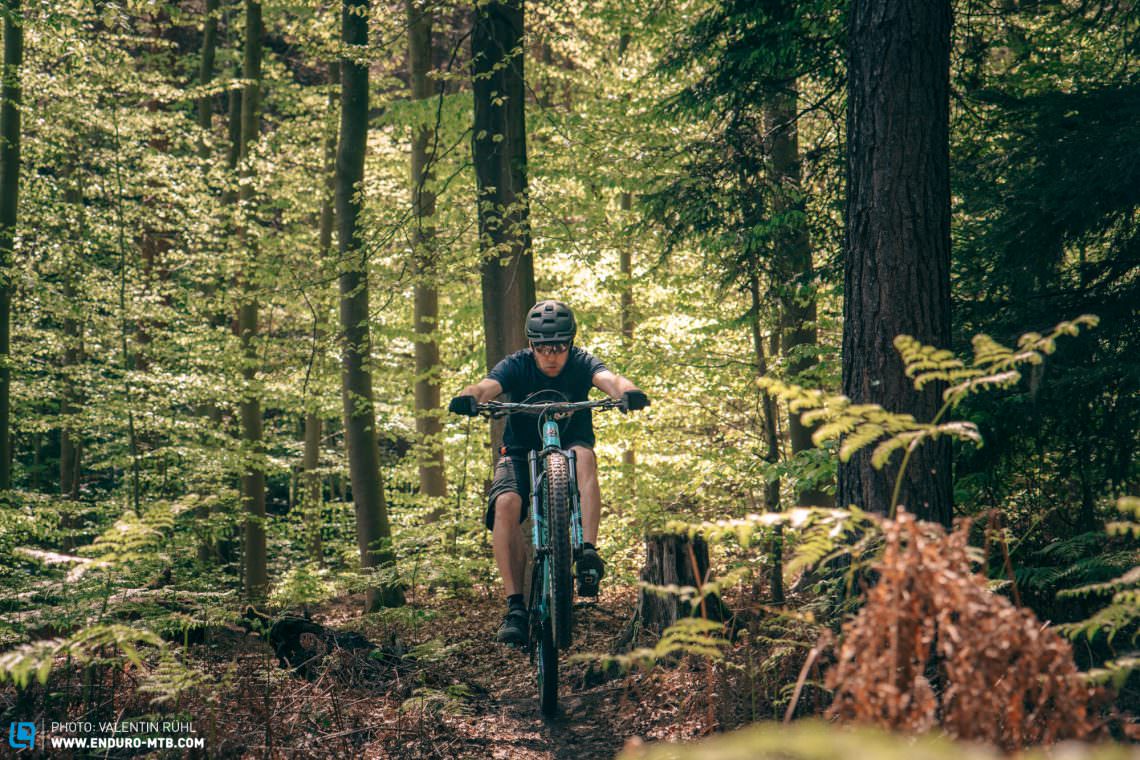
For 2018, the Altitude takes to the starting blocks with a all-new frame. The most significant visual redesign is the new rear linkage, which still features the RIDE-9 system from the former models, but in a more elegant form. And while 160 mm forks were once only the preserve of the Rally edition, this longer-travel setup is now standard across all the models. There’s also a ton of other new features to render the Altitude fit for the future: wide Boost hubs, a metric-sized rear shock, ball bearing pivots (instead of cartridge bearings), and revised cable routing.


The Rocky Mountain Altitude 2018 in Detail
Fork Fox 36 Float Performance Elite 160 mm
Shock Fox Float DPS EVOL Performance Elite 150 mm
Brakes Shimano XT
Drivetrain Shimano XT
Seatpost Fox Transfer
Stem Rocky Mountain 35 AM
Handlebars Race Face Turbine R 780 mm
Tires Maxxis Minion DHF WT / Maxxis Minion DHR II WT
Hubs/ Rims DT SWISS 370 / Stans Flow MK3
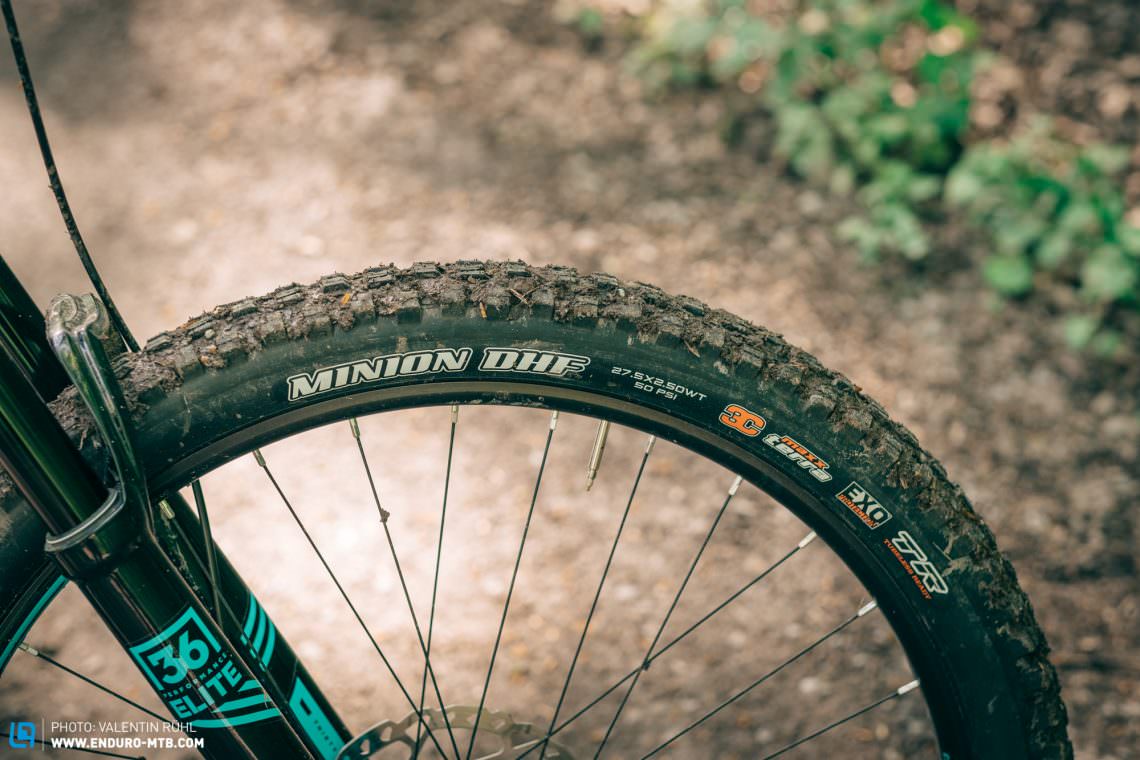
The MAXXIS Minion tires in their new 2.5 “-Wide-Trail version have an abundance of grip in all trail conditions..

Using the RIDE-9 system you can easily set the Altitude to your preferred geometry. This can be done with a multi-tool and takes no more than three minutes.

Hiding behind the inconspicuous facade of the FOX 36 Performance Elite are the innards of the Factory fork, and only the coating of the stanchions differentiates the two models.

Sometimes the shot backfires, but the Rocky Mountain Altitude succeeds in its color choice all the way down to the smallest details and ensures an impressive appearance.
The geometry of the Rocky Mountain Altitude
The geometry has also been nipped and tucked to bring it firmly into fashion, seeing it turn longer and slacker. Rocky Mountain have still kept it moderate though, going for a 452 mm reach (in Large) and 65° head angle in the slackest RIDE-9 setting. The bottom bracket is now lower, and the chainstays are marginally shorter at 425 mm. The spec is well tuned for heavy-duty trail riding, and looks like it will survive some abuse.
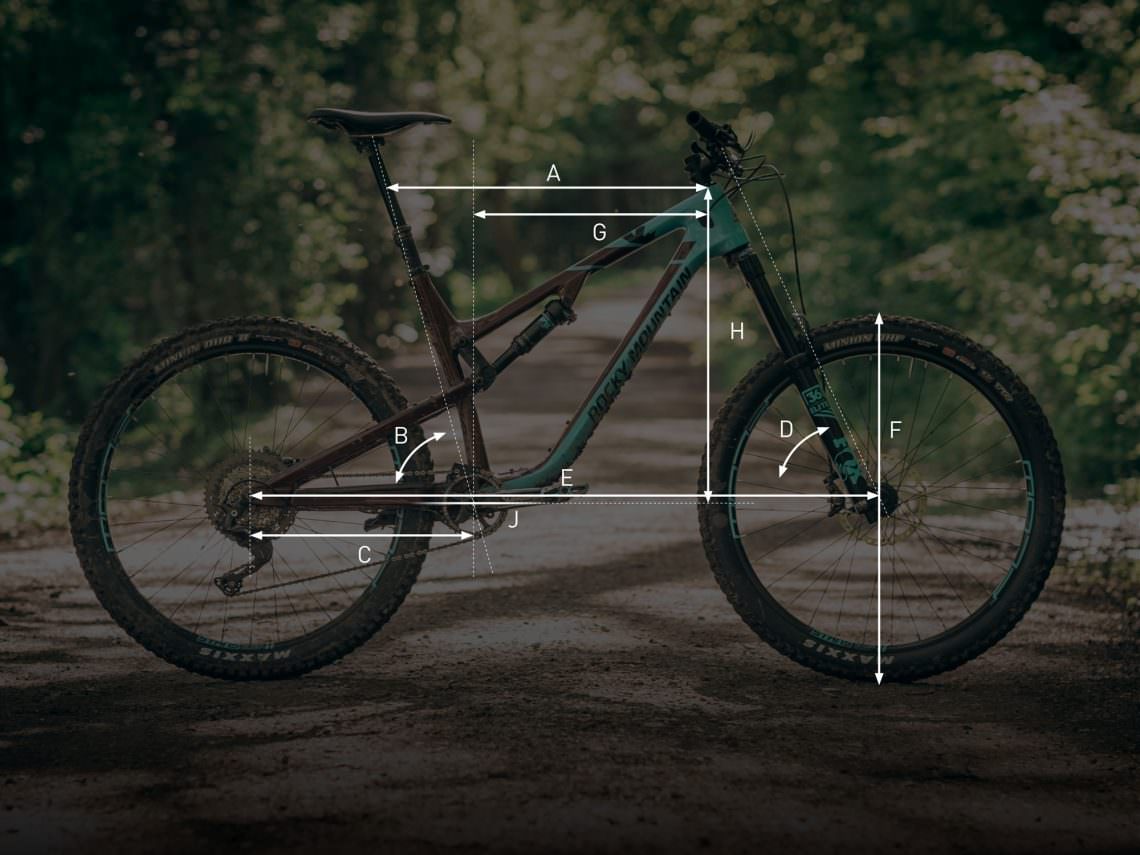
| Size | XS | S | M | L | XL |
|---|---|---|---|---|---|
| Seat Tube | 368 mm | 394 mm | 432 mm | 470,5 mm | 508,5 |
| Top Tube[A] | 548 mm – 545 mmm | 578 mm – 575 mm | 603 mm – 600 mm | 628 mm – 625 mm | 658 mm – 655 mm |
| Head Tube | 100 mm | 110 mm | 120 mm | 130 mm | 145 mm |
| Head Angle [D] | 65° – 66,1° | 65° – 66,1° | 65° – 66,1° | 65° – 66,1° | 65° – 66,1° |
| Seat Tube Angle [B] | 74° – 75,1° | 74° – 75,1° | 74° – 75,1° | 74° – 75,1° | 74° – 75,1° |
| Chainstays [C] | 425mm | 425 mm | 425 mm | 425 mm | 425 mm |
| Bottom Bracket drop [J] | 13 mm – (-1) mm | 13 mm – (-1) mm | 13 mm – (-1) mm | 13 mm – (-1) mm | 13 mm – (-1) mm |
| Wheelbase [E] | 1122 mm – 1119 mm | 1153 mm – 1150 mm | 1180 mm – 1177 mm | 1206 mm – 1204 mm | 1239 mm – 1236 mm |
| Reach [G] | 380 mm – 391 mm | 407 mm – 419 mm | 430 mm – 441 mm | 452 mm – 464 mm | 479 mm – 490 mm |
| Stack [H] | 589 mm – 578 mm | 595 mm – 587 mm | 604 mm – 596 mm | 613 mm – 605 mm | 628 mm – 619 mm |

The Rocky Mountain Altitude 2018 on the Trail
Style is always subjective, but open the shutters and let the sun’s rays stream in on the Altitude – trust us, there’ll be at least a flicker of a smile on everyone’s face. Creating style without hyperbole, this latest rig from the Rocky Mountain stable has some real trail cred. However, have the Canadians prioritized style over substance? Or will the new Altitude ride as well as it promises?
n and out of the saddle, the Altitude feels both passionate and predictable, with a riding position that’s neither too upright nor too stretched out. Our size L test bike tipped the scales at a respectable 13.16 kg, which is wholly acceptable given its collection of great, confidence-inspiring componentry. But enough rolling around the car park: we wanted to try out this bike for some serious trail time, so pedaled off on fire roads towards the top of the climb. The Altitude was more than happy to indulge in its name, showing a hunger for acceleration and a solid climbing performance. With the FOX rear shock in the open mode there was some unwanted squat, but a flick of the lever activates a far more efficient pedaling platform to keep it higher in its travel, steepen the seat angle, and prepare the bike for grinding up hills.
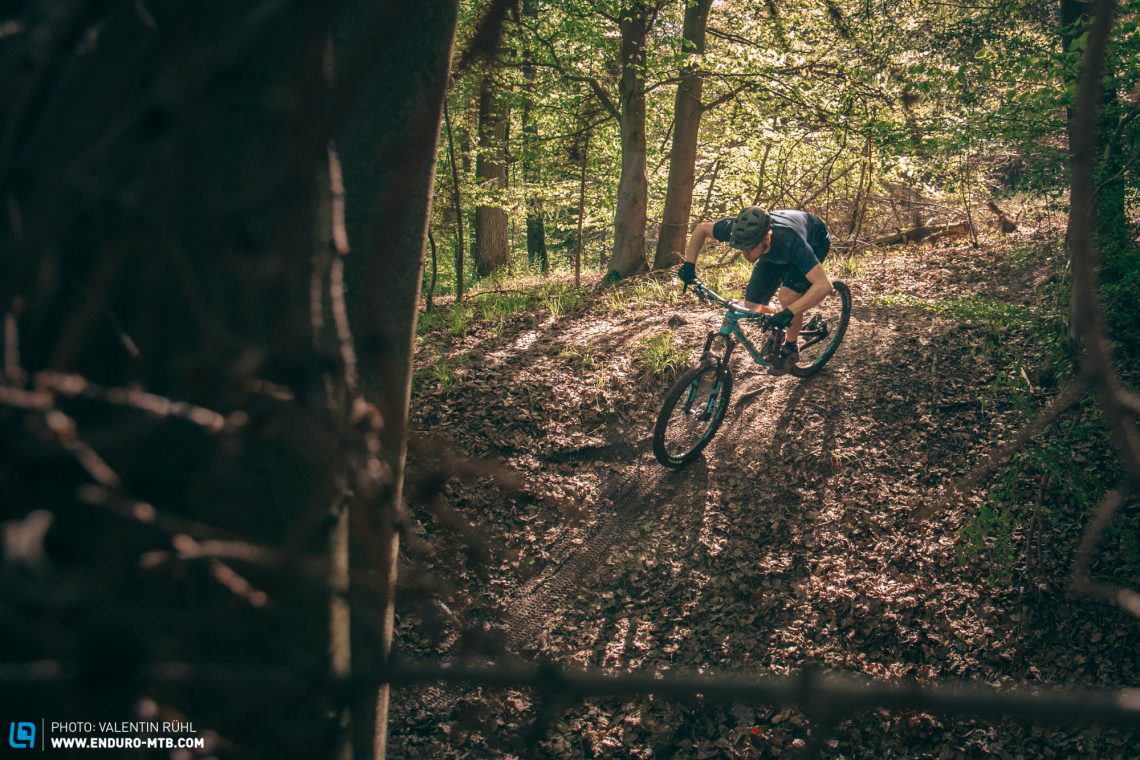
Once the grind was done, we couldn’t wait to stir up a dust cloud on the trail down to the valley. Drop the saddle, open the shock, feed some gas into the pedals, and let the Altitude drop! The geometry nails the balance between stability and playfulness, which results in a seriously composed attitude on the bike. Jumps, drop-offs, berms, and roots: the Altitude is able to go really big and really fast! It’s a plush bike that loves to manual and rewards a really hands-on riding style with a lot of ground feedback. It can handle high speeds and continues to track its lines masterfully on burlier trails.
The MAXXIS Wide Trail tires were a particular highlight on the spec, but the whole list is evidence that the Altitude has some brawn. As these tires can be ridden at a really low pressure, there’s no shortage of traction. As expected, the powerful FOX 36 Performance Elite fork performs superbly and works well with the lightweight FOX DPS rear shock.
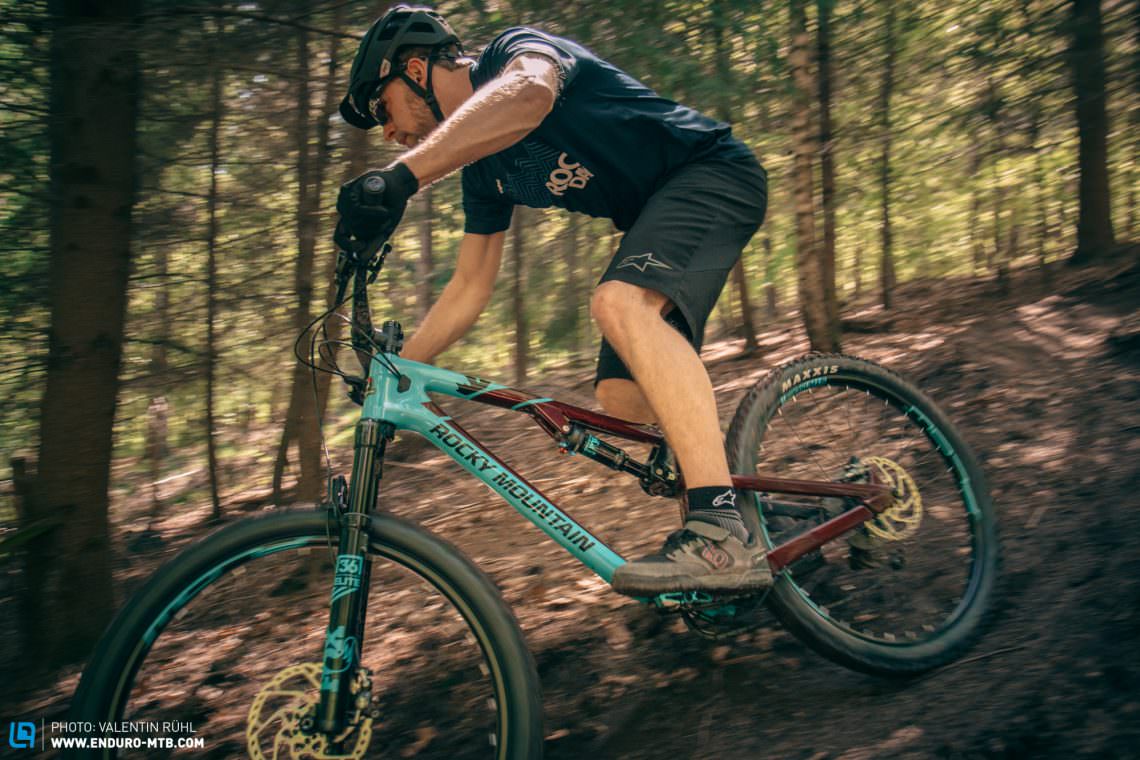
Despite all these mini-evolutions to the frame and spec, the Altitude still (thankfully) channels all the classic Rocky Mountain traits and stays true to the ethos of the cult Canadian brand. In short, it goes way beyond just being a bike on which you can have fun on the trails. And while it might still look up to its bigger brother the Slayer, it’s evolved to fill its own unique space in the market. For most riders, the Altitude would certainly constitute the best all-rounder in Rocky Mountain’s line up, simply because it has the propensity and potential for such a wide scope of riding – from post-work loops in the woods to pinning on a number at an enduro race.
Conclusion
The Altitude isn’t setting any benchmarks, whether it be in the disciplines of trail, all-mountain, or enduro – but it has such a degree of quality that it doesn’t really bother us. It’s been a long while since we met a bike with such balance. Rocky Mountain have nailed the sweet spot between agility and stability, which makes the Altitude just right for those who love to get dirty and have fun.
Strengths
- Cool Style
- Great, sorted spec
- A lot of fun
Weaknesses
- Expensive
- Not the best climber
More info can be found here: bikes.com
Did you enjoy this article? If so, we would be stoked if you decide to support us with a monthly contribution. By becoming a supporter of ENDURO, you will help secure a sustainable future for high-quality mountain bike journalism. Click here to learn more.
Words: Photos: Valentin Rühl









